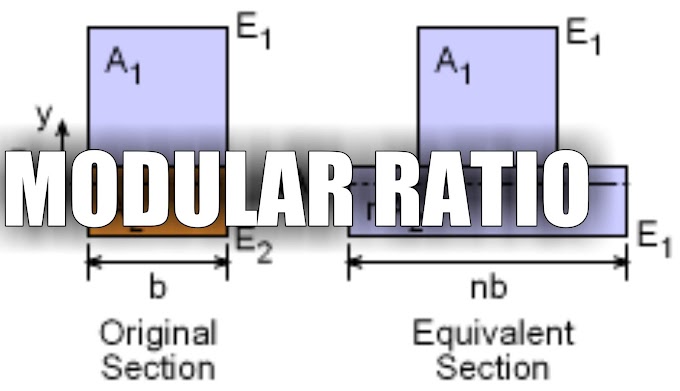Reinforced concrete construction is not the outcome of structural design alone. It is a collaborative venture involving the client, the architect, the structural engineer, the construction engineer/project manager and the contractor. Other specialists may also have to be consulted, with regard to soil investigation, water supply, sanitation, fire protection, transportation, heating, ventilation, air conditioning, acoustics, electrical services, etc. Typically, a construction project involves three phases, viz., planning, design (including analysis) and construction (including contracting).
Planning Phase
It is the job of the architect/planner to conceive and plan the architectural layout of the building, to suit the functional requirements of the client, with due regard to aesthetic, environmental and economic considerations. Structural feasibility is also an important consideration, and for this, the structural designer has to be consulted.
Design Phase
Once the preliminary plans have been approved, the actual details of the project have to be worked out (on paper) by the various consultants. In the case of the structural engineer/consultant, the tasks involved are
(i) selection of the most appropriate structural system and initial proportioning of members.
(ii) estimation of loads on the structure,
(iii) structural analysis for the determination of the stress resultants (member forces) and displacements induced by various load combinations,
(iv) structural design of the actual proportions (member sizes, reinforcement details) and grades of materials required for safety and serviceability under the calculated member forces, and
(v) submission of working drawings that are detailed enough to be stamped 'good for construction.
Construction Phase
The plans and designs conceived on paper get translated into concrete (!) reality. A structure may be well-planned and well designed, but it also has to be well-built. And for this, the responsibility lies not only with the contractor who is entrusted with the execution, but also with the construction engineers who undertake supervision on behalf of the consultants/owners. The work calls for proper management of various resources, viz., manpower, material, machine, money and time. It also requires familiarity with various construction techniques and specifications.In particular, expertise in concrete technology is essential to ensure the proper mixing, handling. placing, compaction and curing of concrete. Management of contracts and following proper procedures. systems and documentation are also important aspects of the construction phase, especially in public works. However, these are beyond the scope of this book.
During the construction phase, some redesign may also be required in the event of unforeseen contingencies, such as complications in foundations, non-availability of specified materials, etc.





0 Comments